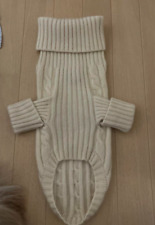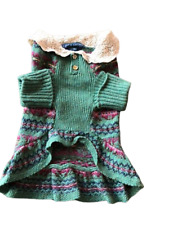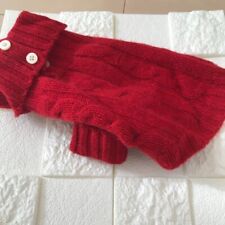Feather Plucking and Picking in Caged Birds

Birds instinctively pay particular attention to their feathers, since without their vital functions (flight, temperature regulation, protection against environmental and climatic extremes, and courtship displays) wild birds simply would not survive. It will use its beak to condition and waterproof its feathers and to meticulously remove the sheaths through which all new contour and flight feathers emerge. Birds use their feet and claws to perform this latter function on contour feathers located on the head. Furthermore, it is not uncommon for birds to rub against various objects in their immediate environment to perform this function. Mutual preening is common among cage mates. Normal preening behavior must be distinguished from feather picking and feather mutilation.
Feather picking is an obsessive, destructive behavior pattern of birds during which all or part of their feathers are methodically pulled out, amputated, frayed, or in some other way damaged. This behavior often prevents normal feather growth and emergence. Feather picking is not difficult to diagnose. Affected birds look very much the same. Regardless of the pattern of feather loss, damage and/or mutilation, and exposed bare skin below the neck, the head feathers are spared and always appear perfect and untouched. This is, of course, because the bird cannot reach its head feathers. In cases where the feather picking is a mutual obsessive behavior of cage mates, the ‘victim’ bird’s head feathers are of course not spared.
There are both medical and non-medical causes for feather picking. The major medical causes include changes in hormone levels, external and internal parasites, malnutrition, internal disease, and bacterial or fungal infections of the skin and/or feather follicles. Interestingly, and contrary to popular opinion, external parasites (mites in particular) are extremely rare among caged birds. The non-medical causes are psychological and/or stress related.
Captivity, malnutrition, solitary living, absence of a mate with which to fulfill courtship rituals and mating needs cause significant stress, in addition to stress associated with confinement within a home (noise, confusion, presence of other pets, such as dogs or cats, which represent potential predators to caged birds). Like people, birds are creatures of habit, and changes (large or small) in their environment or in their established routine can often create stress for the individual. This stress often results in obsessive, introverted behavior, manifested by feather picking.
Bird behavior tends to be patterned and ritualized. With this in mind, it should not be too difficult to appreciate why captive birds, experiencing multiple stresses day after day, continuously pick at their feathers. There is little difference between drawing a feather through the beak to condition it (preening) and doing the same thing but clamping down on the feather midway through the process and cutting it in half or pulling it out (feather picking).
It is not uncommon for afflicted birds to mutilate their skin (toes, wing webs, groin and armpit areas). This constant and continual trauma results in infection and failure of these wounded areas to heal. These birds must be prevented from engaging in this self-trauma through use of collars, bandages, etc. They also must be treated aggressively with systemic antibiotics (injections are preferable).
While you can physically prevent this behavior using physical barriers such as collars, these materials do not eliminate the underlying cause. If medical causes for feather picking have been ruled out, and boredom (solitary confinement) is regarded as the major cause of feather picking, then you as the bird owner must be prepared to make changes.
Practical Ways to Help Prevent Feather Picking
- Increasing the amount of time you spend with your bird will greatly reduce feather picking tendencies because the bird is kept otherwise engaged.
- Sometimes changing the location of the bird’s cage and/or perch is helpful. Be sure to think about how the location of the cage affects the bird’s stress and contentment levels.
- Bathing or misting a feather picker on a daily or otherwise regular basis may be beneficial because wetting the feathers encourages normal preening behavior.
- Boredom and resultant feather picking may be combated by providing a wide variety of foods. Emphasis should be placed on foods that require some time and effort to eat.
- The widest variety and assortment of toys possible should be offered. The toys (chains, bells, rawhide and hardwood pieces, mirrors, hard rubber toys) should be durable and appropriate for the size and type of bird being considered.
- Use a foul-tasting proprietary spray from your pet store. Unfortunately, none of these is truly effective. They merely treat the symptom (feather picking) but do not treat the causes of feather picking. Under certain circumstances, however, some of these remedies may provide some help or relief.
Much feather picking of caged birds results from sexual isolation and frustration. It is easy for most bird owners to subconsciously ignore the sexuality of their pet bird because, in most cases, the true gender of their bird may not be known. Unfortunately, in the home, solitary pet birds are rarely free to engage in these pursuits. The frustration that often follows can result in feather picking. Providing an appropriate mate is obvious, but not always practical. Reducing sexual stimulation (removing mirrors, placing birds of opposite sex that are caged separately out of sound range from each other) may be helpful.

